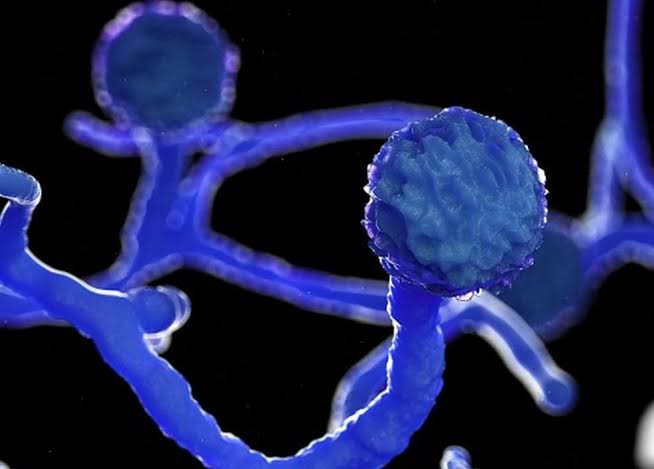Black fungus is not a new or strange disease, according to a statement by the Ministry of Health.
It is a symptom of low immunity among patients.
Mucormycosis, dubbed “black fungus”, is caused by a mould found in soil and in decaying organic matter like rotting leaves.
People get mucormycosis, of which there are several types, by breathing in the fungal spores. They can be spread in hospitals and homes by air humidifiers or oxygen tanks containing dirty water.
How dangerous is it?
The infection needs to be diagnosed early as it is aggressive and dead tissue has to be scraped away.
Surgeons sometimes have to remove patients’ nose, eyes or even their jaw to stop it getting to the brain.
Once infected, people can die within days. However it is not contagious.
What happens when one contracts it?
Warning signs include pain and redness around the eyes or nose, with fever, headache, coughing, shortness of breath, bloody vomits, and altered mental status. According to the advisory, infection with mucormycetes should be suspected when there is:
•Sinusitis – nasal blockade or congestion, nasal discharge (blackish/bloody);
•Local pain on the cheek bone, one-sided facial pain, numbness or swelling;
•Blackish discolouration over bridge of nose/palate;
•Loosening of teeth, jaw involvement;
•Blurred or double vision with pain;
•Thrombosis, necrosis, skin lesion;
•Chest pain, pleural effusion, worsening of respiratory symptoms.
What is the link to Covid-19?
Immunocompromised people are more susceptible to infection – including Covid-19 patients, diabetic patients, people who take steroids, and those with other comorbidities like cancer or organ transplants.
How do you treat it?
Black fungus is treated with antifungal medicines, often given intravenously, the United States Centres for Disease Control and Prevention (CDC). The most common medicines include Amphotericin B – a drug currently being used in Indian states to combat the outbreak.
Patients may need up to six weeks of anti-fungal medicine to recover. Their recovery depends on how early the disease was diagnosed and treated.




